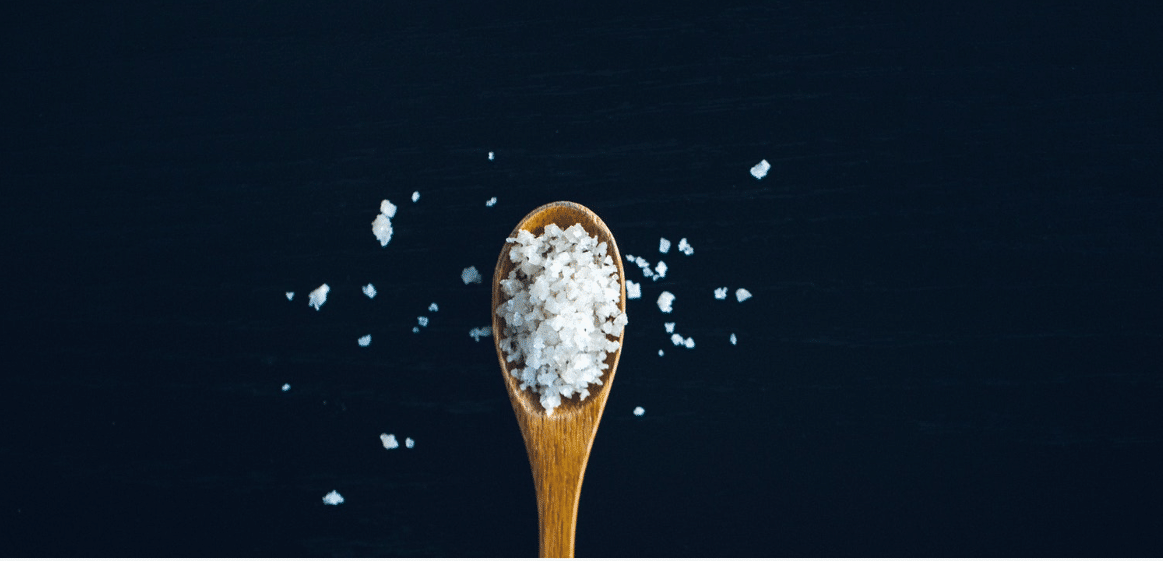(Joe McCarthy and Erica Sanchez) Microplastics pervade the planet.
Related Natural Salt Can Help Heal You from Chronic Illness – and Modern Research Is Validating This
by Joe McCarthy and Erica Sanchez, October 18th, 2018
More than 90% of table salt brands contain microplastics, according to a new analysis by Greenpeace East Asia.
That means that every time you sprinkle some salt on your food, there’s a good chance that a rogue bit of microplastic has made it onto your plate.
Buy Himalayan Salt
The same study estimates that the average adult consumes 2,000 pieces of microplastic from salt each year. An earlier study estimated that the average person consumes 70,000 microplastics each year overall, and yet another study found that both tap and bottled water sources contain microplastic particles more often than not.
The Greenpeace analysis looked at 39 brands of table salt and found that 36 contained microplastics. The highest concentrations of microplastic were found in brands from Asia, and sea salt had more microplastic density than rock or lake salt.
Indonesia, which has been ranked the second-most polluted country in the world, had the most plastic-riddled salt.
Buy Book Microplastic Pollutants — Comprehensive Review of a Modern-Day Pollution Problem
It’s not that salt is uniquely susceptible to attracting microplastic. Instead, the contaminant is found in such high quantities because it pervades the global environment. For example, scientists have determined that more than 50 trillion microplastics are in the world’s oceans.
That’s more than 500 times as many stars as there are in our galaxy.
Even insects carry microplastics as they fly around.
On the bigger size of the spectrum, microplastics are no larger than a grain of salt, and most are invisible to the human eye.
They’re often produced for use in beauty products as an exfoliating device, but they’re also generated through the natural breakdown of plastics in the environment.
As plastics degrade, they break apart into smaller and smaller pieces. Since plastic takes hundreds of years to break down, these microplastics accumulate in the atmosphere.
And other times microplastics are created through everyday practices.
Buy Book What Is Biodynamics?: A Way to Heal and Revitalize the Earth [Rudolf Steiner’s Methods]
A single load of laundry, for example, can release 700,000 plastic fibers into the air.
Scientists are still unsure of the health consequences of ingesting so much plastic, according to National Geographic.
But microplastics become a magnet for pollution when in the environment, collecting agricultural pesticides, chemicals from industrial plants, greenhouse gas emissions, and more.
Plastic is also known to be composed of substances toxic to human health.
“The ocean is the lifeblood of our planet, yet we are poisoning it with millions of tonnes of plastic every year,” Peter Thomson, the president of the UN General Assembly, said earlier in the year.
“Be it a tax on plastic bags or a ban on microbeads in cosmetics, each country [can] do their bit to maintain the integrity of life in the ocean,” he added.
Not sure how to make sense of this? Want to learn how to discern like a pro? Read this essential guide to discernment, analysis of claims, and understanding the truth in a world of deception: 4 Key Steps of Discernment – Advanced Truth-Seeking Tools
Stillness in the Storm Editor’s note: Did you find a spelling error or grammar mistake? Send an email to [email protected], with the error and suggested correction, along with the headline and url. Do you think this article needs an update? Or do you just have some feedback? Send us an email at [email protected]. Thank you for reading.
Source:
https://www.globalcitizen.org/en/content/microplastic-in-table-salt/

Leave a Reply